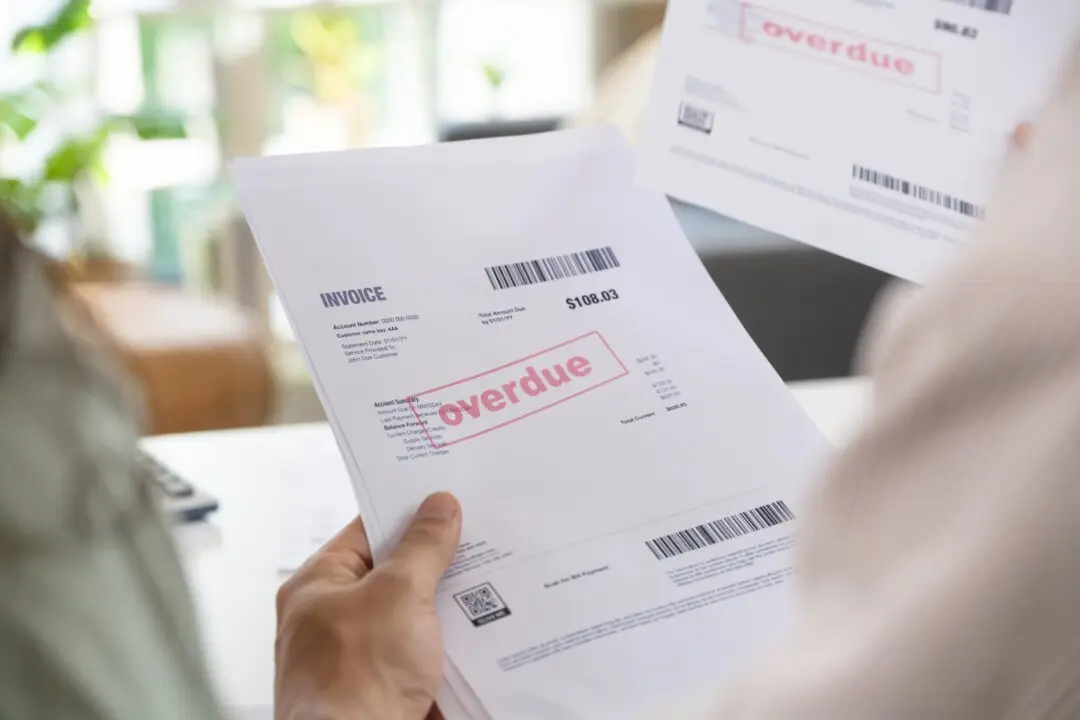If you are 73, you must take a required minimum distribution (RMD) from your traditional individual retirement account (IRA). If you have a lot of money stashed away, this could create a large tax liability.
But there is a way to lower your tax liability and help others. It’s a qualified charitable distribution (QCD). But what is a QCD, and how does it work?






